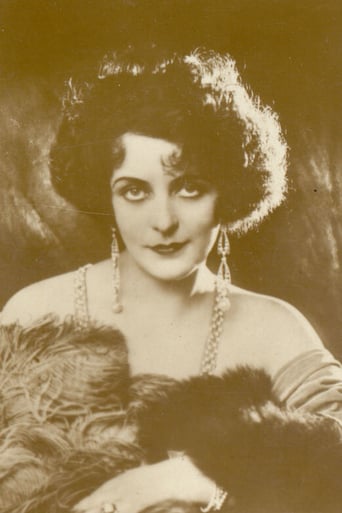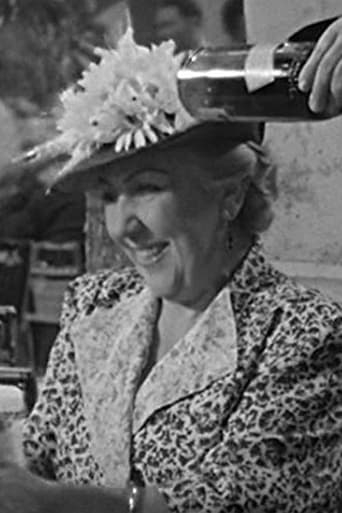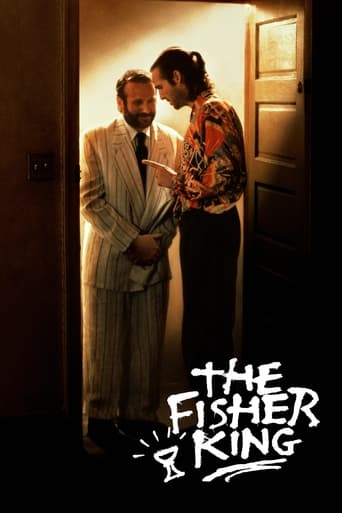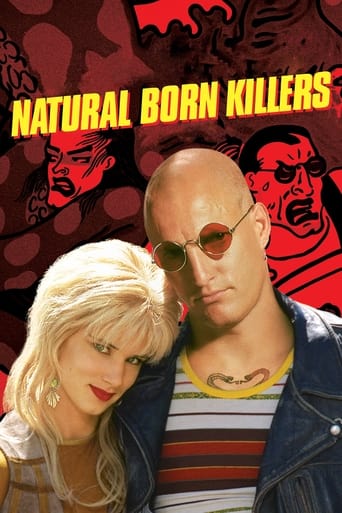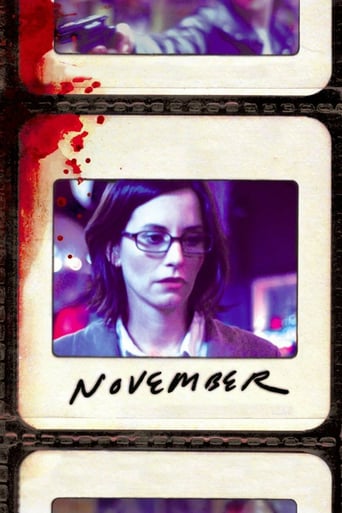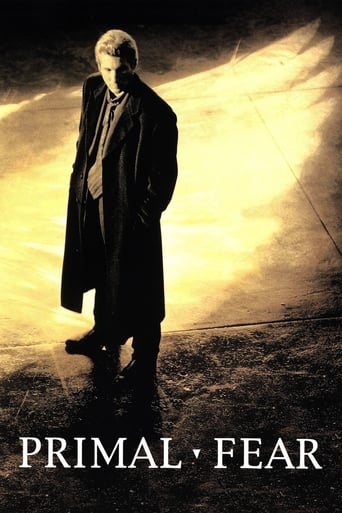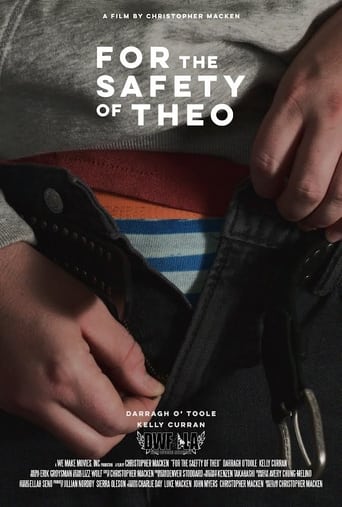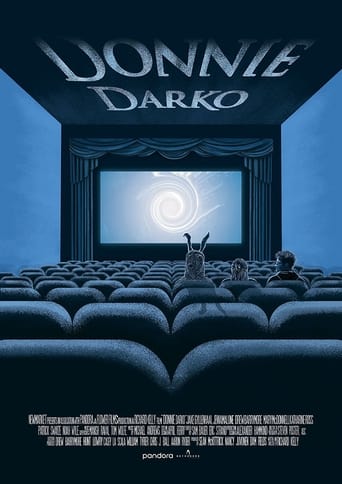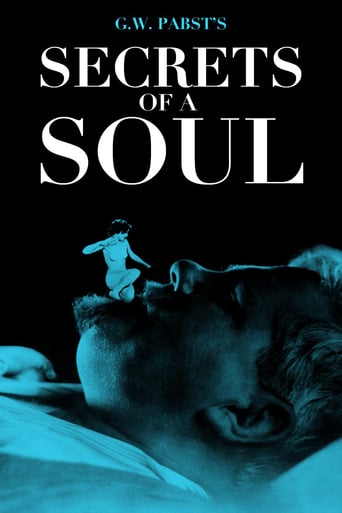
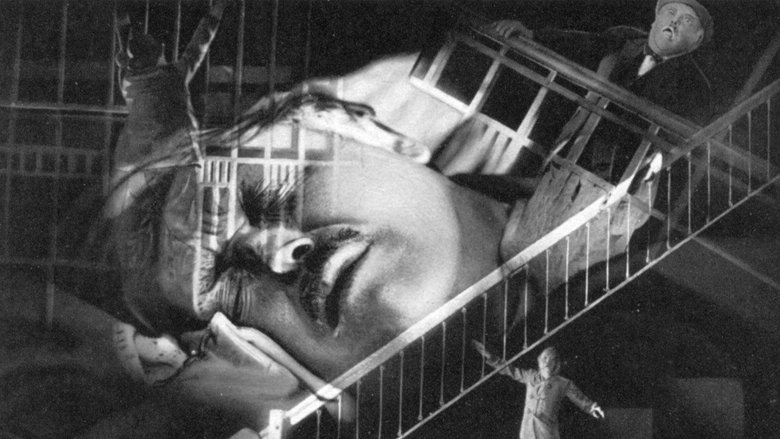
Secrets of a Soul (1926)
Werner Krauss, who had played the deranged Dr. Caligari six years earlier, stars as a scientist who is tormented by an irrational fear of knives and the irresistible compulsion to murder his wife. Driven to the brink of madness by fantastic nightmares (designed by Ernö Metzner and photographed by Guido Seeber in a brilliant mix of expressionism and surrealism), he encounters a psychoanalyst who offers to treat the perplexing malady.
Watch Trailer
Cast


Similar titles
Reviews
There are a lot of important elements the restorers chose to omit from the movie. There are letters that are opened & are supposed to appear on screen for the audience to read. Gone. A man pulls up on a bike delivering a telegram. Gone. All references to the name of the man Martin Fellman are omitted. When he comes home after leaving his key,he sits down in front of the idol. It disappears leaving only a baby image. Gone. His wife see a dog & litter of puppies, She says: "I wish I had a child." Gone. The Murnau people made the movie incoherent by this censorship. Its a disgrace. They had no right to do these changes to the movie as they are not part of the creative process.
I come to this as someone who thinks the presentation of dreams - much more than dreams themselves - imitates the ways we use to structure the self that presents the world to us. Charting the cinematic effort of that is exciting to me.And well, this is an interesting film to say the least, and from an interesting time. The backstory is that Freud himself approved of it and moreover sent two from his trusted Viennese circle to aid and supervise the UFA production on what would be a rational explication of psychoanalysis. You should know that his were radical , modern ideas in their time and for twenty years had been a sensation. And the Weimar public at large was struggling with deep-seated nightmares of their own, evidenced in Caligari and elsewhere, so it was very receptive to the new science for sleep, and probably every bit as confused about it as the somnambulist in Caligari.But oh boy, haven't our narrative devices come far since Freud.In the film, we have suddenly strange , unsettling urges followed by a puzzling nightmare, and then a psychoanalyst sits us down to kindly explain and assuage irrational fear. Nevermind the obtuse focus on sex and symbolic interpretation of dreams, that was Freud. The emphasis on phallic imagery, the incidental aversion to knives linked to imaginary castration in the patient. Jung would make the transition to a character-based dreamworld, and we are growing out of that too. We are insanely more complicated beings these days than a logic like Freud's can explain, our dreams much more layered, and you can see that in contemporary filmmakers who are dabbling with dream. We are unsure these days where day begins, that much (night) was certain then. Our dreams also come from movies and TV, from tweets and instagram, and we're beginning to understand what the Buddhist had been saying all along; the mind's function is to project snippets of narrative around a fictional self, and the most loaded dream is no different in mechanism to the most trivial thought. You are always at the center of an illusionary world you have set in motion, but you won't know that without a center in emptiness.The trigger for it is something to consider though. A murder (by knife) has taken place the day before in the same street, a wife killed by the husband. The same urge somehow surfaces in our guy.The actual nightmare has dated, along with the logic behind it and German expressionism. It is this eerie confluence of semiconscious machinery that still carries power. It is this aspect of dreaming Pabst would cultivate in later works.
This film appears to be a relative to the common horror film and beautifully carves out its closeness to the psychoanalysis: Everyone who's busy with that genre can benefit from the Pabst film. It becomes pretty obvious during the insane and worth seeing dream sequences which foreshadows an Andalusian dog shot three years later. In a period of several minutes they form a phantasmagoric island within the film, which is continually reverted to during the analytic situations. An aesthetic experience of an unique quality, tremendously powerful in its imagery. But on the whole, the film has the effect of being too reduced, even perhaps reducing, too trimmed and too coarse in respect of content.
Cutting through repression ...A chemist is plagued by his reoccurring nightmares in G. W. Pabst' exploration of psychoanalysis, Secrets of a Soul (1926). As Martin (Werner Krauss) trims the hair on the back of his wife's (Ruth Weyher) neck, a woman in the street screams "murder!" Martin is startled, and inflicts a superficial wound on her neck with the razor. He becomes obsessed with the compulsive act of killing his wife, which he cannot suppress, through his contact with knives, scissors and all sharp implements, even by his visit to the barber for a shave. He is tormented by lurid dreams: A rainstorm in the bedroom, locomotives, and a city that springs from nothing. The nightmares finally send him to Dr. Orth (Paval Pavlov) for treatment. He relates real life events and the subsequent dreams. Martin's wife coos, "I wish we could have a baby," as she cradles a puppy. Later, in his dream, he sees her with an infant taken from the water as she passes in a boat. They await arrival of her cousin, a playmate from childhood. When Erick (Jack Trevor) arrives, Martin panics at the sight of the dinner table flatware and insists his wife must carve the roast, before he leaves the room. "You must please excuse me. I'm afraid I cannot touch a knife." "My husband has not been the same since the murder next door." From the doctor's couch Martin recalls the day of the killing, "HE - did it with a razor!" Martin describes his dreams: A nursery transforms into a dark empty room as he locks the door and leaves. He imagines his wife in sexual situations with her cousin. He dreams of flying, a crossing gate and a train. The doctor explains Martin's fear of murder is simply by association with the neighborhood crime. Finally, Martin relates a childhood story, which is revealed to be the origin of his troubles, and once discovered, he is 'cured'. Martin returns home to his wife and embraces her cousin. They retire to the country, with their newborn child. Pabst took full advantage of Expressionist technique to interpret and present the distorted and frighteningly unreal world of the subconscious in what was ultimately a well constructed advertisement for the new practice of psychotherapy.



